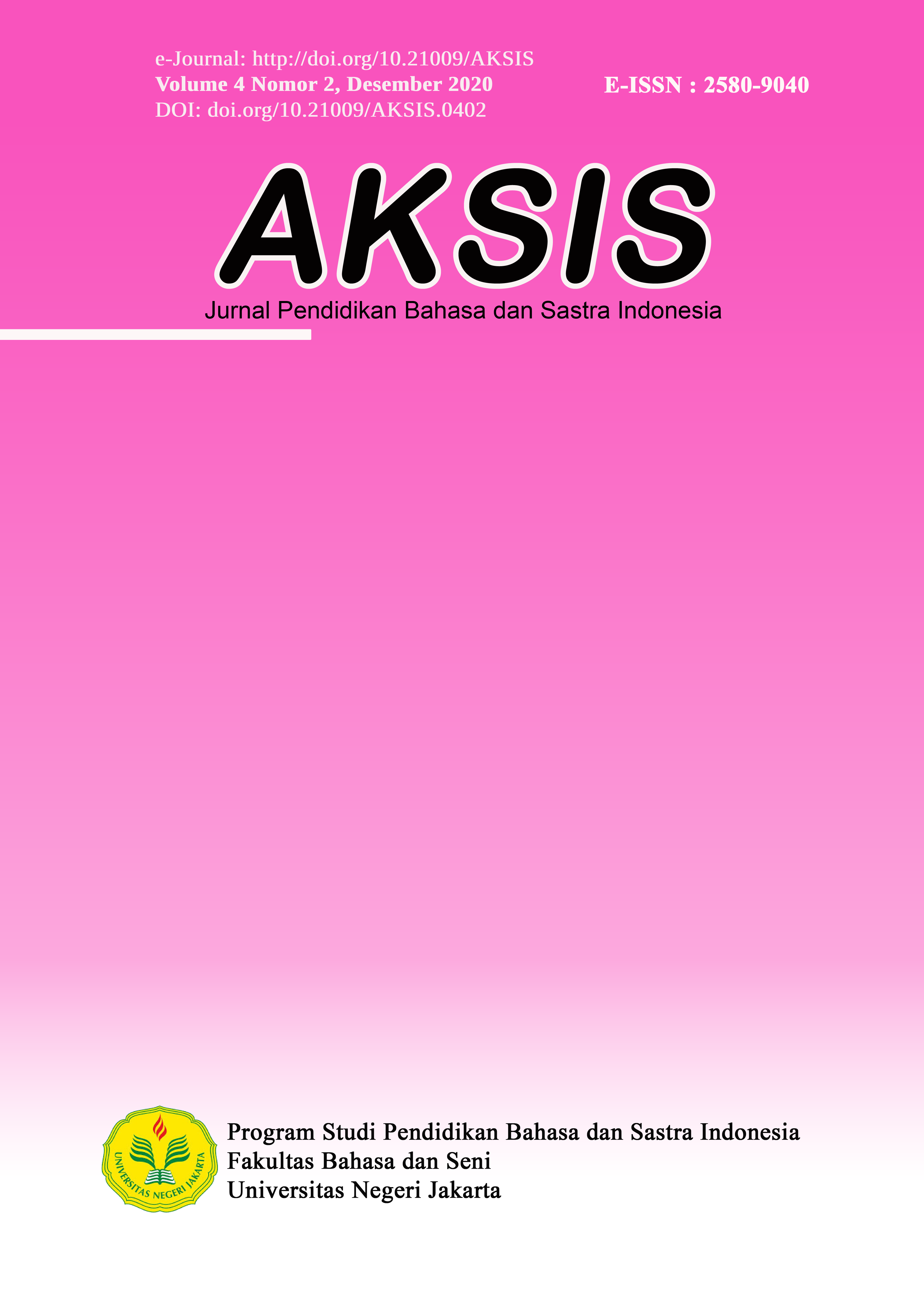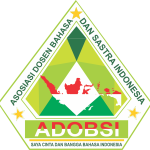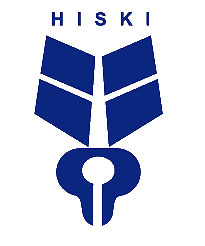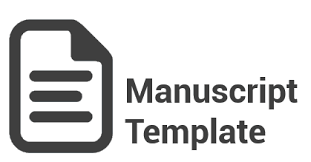Synthactic Study of Verba Phrases in The Novel Princess Izatunnuha by Salma Izatunnuha
DOI:
https://doi.org/10.21009/AKSIS.040204Keywords:
verb phrases, princess sayaka novelsAbstract
The research "Analysis of Verbal Phrases in Princess Sayaka's novel by Salma Izatunnuha in terms of Syntactic Studies" is motivated because today many novels are written not only from adults, even children and adolescents have dared to express their ideas and creativity in a work, especially works contained in the KKPK (Small-Owned Work) published by DAR! Mizan Where KKPK is a place to put the works of the nation's children to be published in writing, both in the form of novels or short stories. Because the novels or other works contained in the KKPK (Small-Owned Works), are specialized containers for children and adolescents aged 7-12 years, the sentences used pay attention to the sentence patterns that can be understood by their circles. This study aims to analyze the verb phrases found in the 12-year-old Prinsess Sayaka Novel by Salma Izatunnuha. This research belongs to a descriptive qualitative research. Where the data used in this study in the form of a set of words that form a verb phrase in Novel Princess Sayaka. The process of collecting data is by reading, marking and taking notes. The results of this study are that there are several verb phrases in the novel Princess Sayaka, the form of the phrase used is also a word that is often found in everyday life. Based on the results of research conducted along with the discussion, the conclusion is the verb phrase is a phrase in which the central element is a verb or verb. Verbal phrases have 3 types, namely: modification verb phrases, coordinative verb phrases, and apositive verb phrases. Of these three types of verb phrases, in Princess Sayaka's novel there are only modificative and coordinative verb phrases.
References
Annas, A. (2019). Akuisisi Bahasa Kedua pada Anak Usia 4-5 Tahun di RA Manafiul Ulum Kudus. ThufuLA: Jurnal Inovasi Pendidikan Guru Raudhatul Athfal, 7(2), 243–260. https://doi.org/10.21043/thufula.v7i2.5907
Arabiyyah, A. L., Nasyi, L. I. N., & Jilid, I. N. (2012). Analisis Sintaksis Frasa Non Verba Dalam Buku.
Carhill-poza, A., & Boston, M. (2020). Adolescent English learners ’ language development in technology-enhanced classrooms. 24(3), 52–69.
Chiappe, A., Pinto, R., & Arias, V. (2016). Open Assessment of Learning: A meta-synthesis. International Review of Research in Open and Distance Learning, 17(6), 44–61. https://doi.org/10.19173/irrodl.v17i6.2846
Costa, L. A., Pereira Sanches, L. M., Rocha Amorim, R. J., Nascimento Salvador, L. do, & dos Santos Souza, M. V. (2020). Monitoring academic performance based on learning analytics and ontology: A systematic review. Informatics in Education, 19(3), 361–397. https://doi.org/10.15388/infedu.2020.17
Cross, S., Sharples, M., Healing, G., & Ellis, J. (2019). Distance Learners’ Use of Handheld Technologies. The International Review of Research in Open and Distributed Learning, 20(2). https://doi.org/10.19173/irrodl.v20i2.4040
Firdaus, N. (2019). Buku Ajar. Retrieved from https://scholar.google.co.id/scholar?hl=id&as_sdt=0%2C5&q=jurnal+artikel+ilmiah&btnG=
Fox, E. M. (2019). Mobile Technology. The International Review of Research in Open and Distributed Learning, 20(2). https://doi.org/10.19173/irrodl.v20i2.3961
Hayati, N., Fatimaningrum, A. S., & Wulandari, R. (2019). Kegiatan Menyanyi dalam Pembelajaran Anak Usia Dini. Jurnal Pendidikan Anak, 8(2), 116–125. https://doi.org/10.21831/jpa.v8i2.29102
Hasanudin, C. (2018). Kajian Sintaksis Pada Novel Sang Pencuri Warna Karya Yersita. Jurnal Pendidikan Edutama, 5(2), 19. https://doi.org/10.30734/jpe.v5i2.191
Iswara, A. A. (2017). Fungsi Sintaksis Dan Peran Semantik Argumen Frasa Verba Bahasa Bali. RETORIKA: Jurnal Ilmu Bahasa, 1(2), 388. https://doi.org/10.22225/jr.1.2.43.388-402
Kearney, M., & Maher, D. (2019). Mobile learning in pre-service teacher education: Examining the use of professional learning networks. Australasian Journal of Educational Technology, 35(1), 135–148. https://doi.org/10.14742/ajet.4073
Kurniawati, D. W. (2016). Jurnal Imajinasi. Jurnal Imajinasi, X(2), 39–50.
Nami, F. (2020). Educational smartphone apps for language learning in higher education: Students’ choices and perceptions. Australasian Journal of Educational Technology, 36(4), 82–95. https://doi.org/10.14742/ajet.5350
Pedro, L. F. M. G., Barbosa, C. M. M. de O., & Santos, C. M. das N. (2018). A critical review of mobile learning integration in formal educational contexts. International Journal of Educational Technology in Higher Education, 15(1). https://doi.org/10.1186/s41239-018-0091-4
Pimmer, C., & Rambe, P. (2018). The inherent tensions of “Instant Education”: A critical review of mobile instant messaging. International Review of Research in Open and Distance Learning, 19(5), 219–237. https://doi.org/10.19173/irrodl.v19i5.3765
Rataj, M., & Wójcik, J. (2020). The mobile learning adoption model tailored to the needs of a private university. Electronic Journal of E-Learning, 18(4), 311–323. https://doi.org/10.34190/EJEL.20.18.4.004
Ratnasari, T., Sujana, Y., Kom, S., Kom, M., Rahma, A., & Pudyaningtyas, S. (2016). Pengaruh Penerapan Kegiatan Berkebun Terhadap Perkembangan Fisik Motorik Anak. Kumara Cendekia, 6(2), 66–74.
Saidah, I. N., & Nugroho, M. A. (2015). Pengembangan Media Pembelajaran Berbentuk Permainan Edukasi Akuntansi Cari Kata (Acak) Menggunakan Adobe Flash Cs5. Jurnal Pendidikan Akuntansi Indonesia, 13(1). https://doi.org/10.21831/jpai.v13i1.5190
Sari, E. (2011). Pemerolehan Bahasa Kedua Dan Dampak Bahasa Ibu Dalam Pemerolehan Bahasa Pada Anak TK. Jurnal Psikolinguistik, 1–9.
Uce, L. (2014). The Golden Age : Masa Efektif Merancang Kualitas Anak. History of Mechanism and Machine Science, 25, 77–92. https://doi.org/10.1007/978-3-319-04840-6_5
Yildiz, G., Yildirim, A., Akça, B. A., Kök, A., Özer, A., & Karataş, S. (2020). Research trends in mobile learning. International Review of Research in Open and Distance Learning, 21(3), 175–196. https://doi.org/10.19173/irrodl.v21i3.4804
Semiawan, C. R. (n.d.). Metode Penelitian Kualitatif: Jenis, Karakteristik dan Keunggulannya.
Wardani, A. K. (2012). Kompeksitas Kalimat dalam Novel The Secret of Detya 2 : Back to the Secret Karya Kinta. Bapala, 5, 1–14.
Suhita, S., & Purwahida, R. (2018). Apresiasi Sastra Indonesia dan Pembelajarannya. Bandung: Remaja Rosdakarya.






